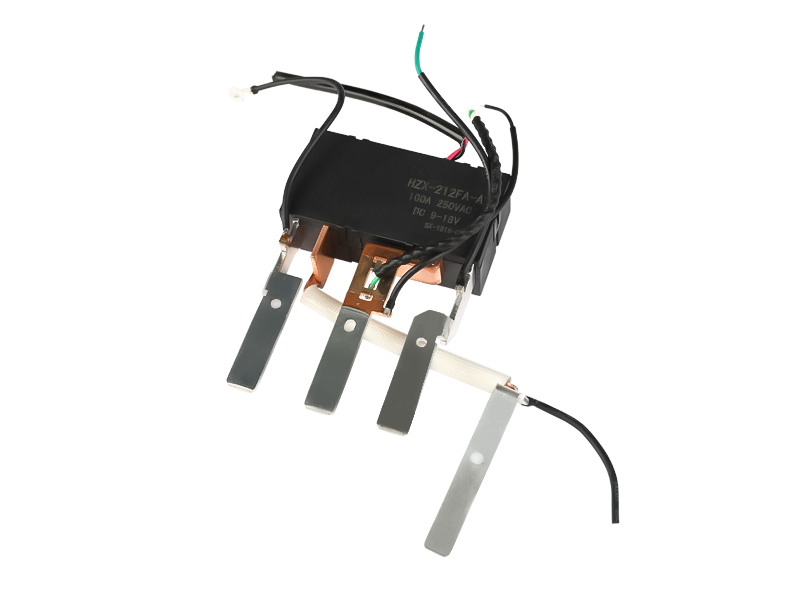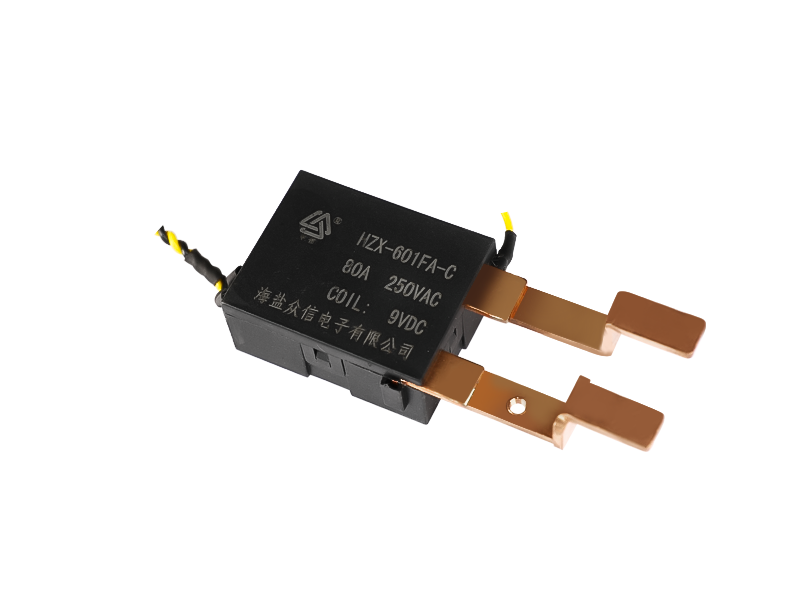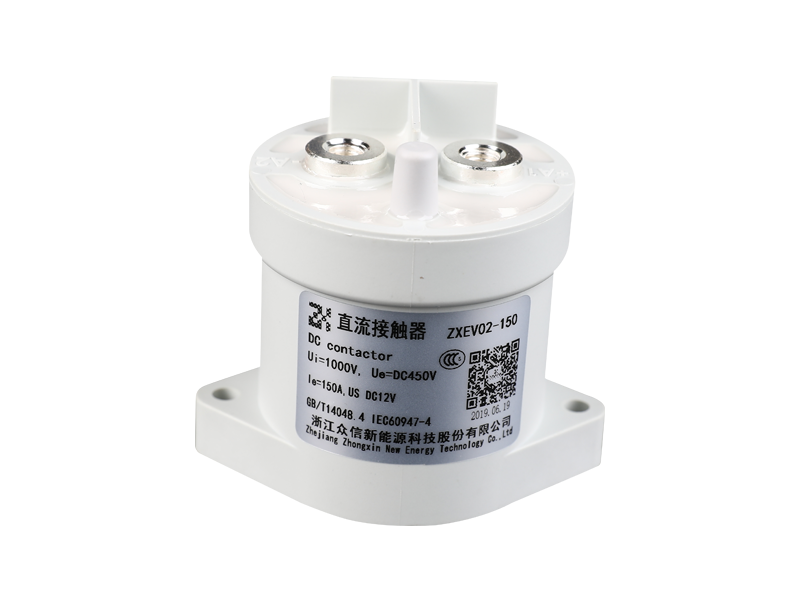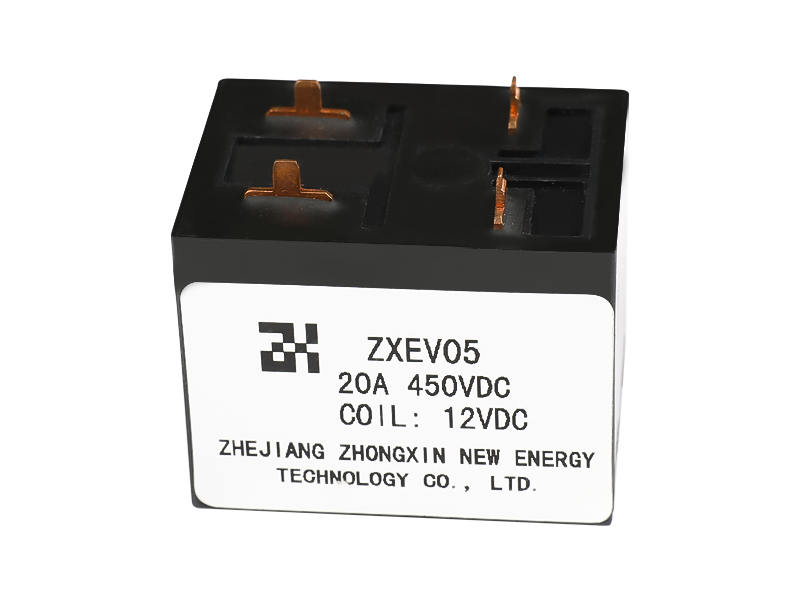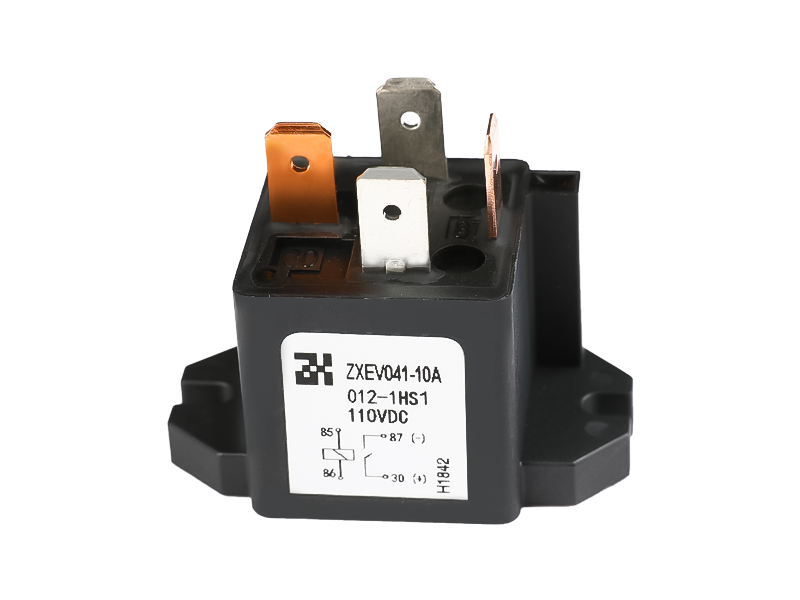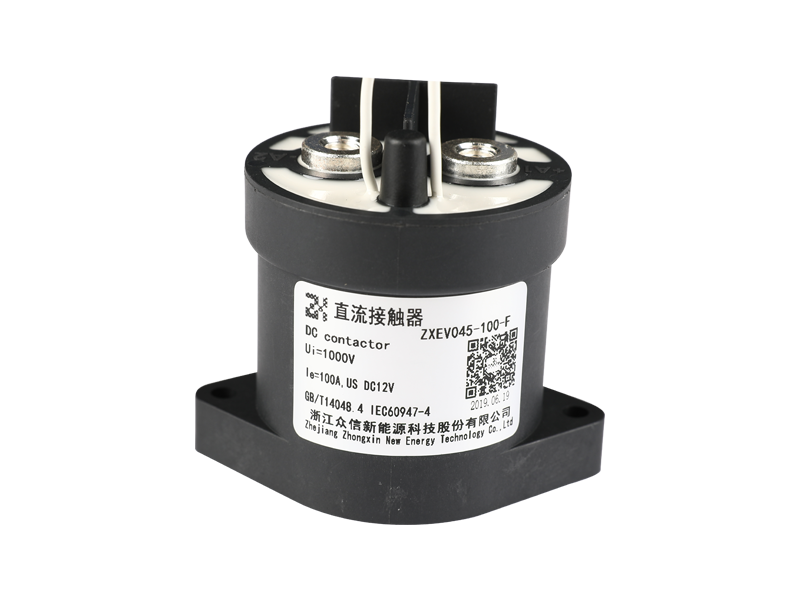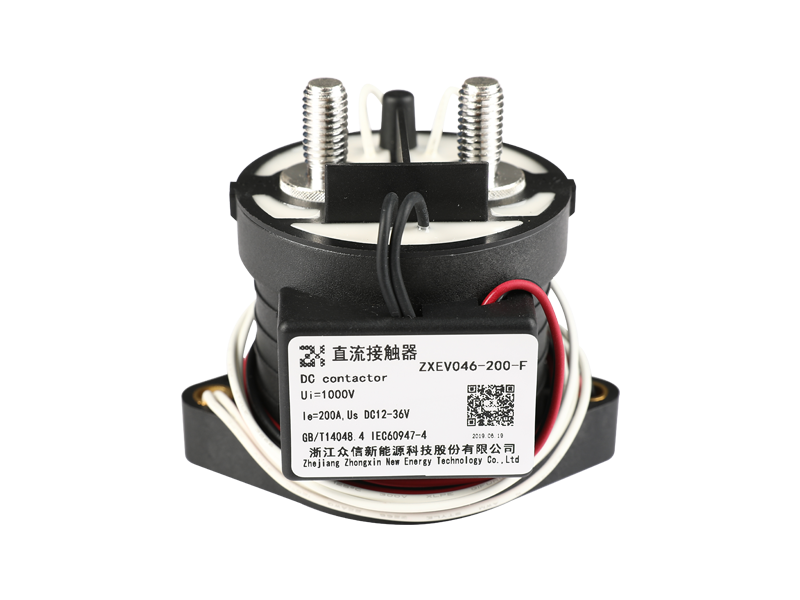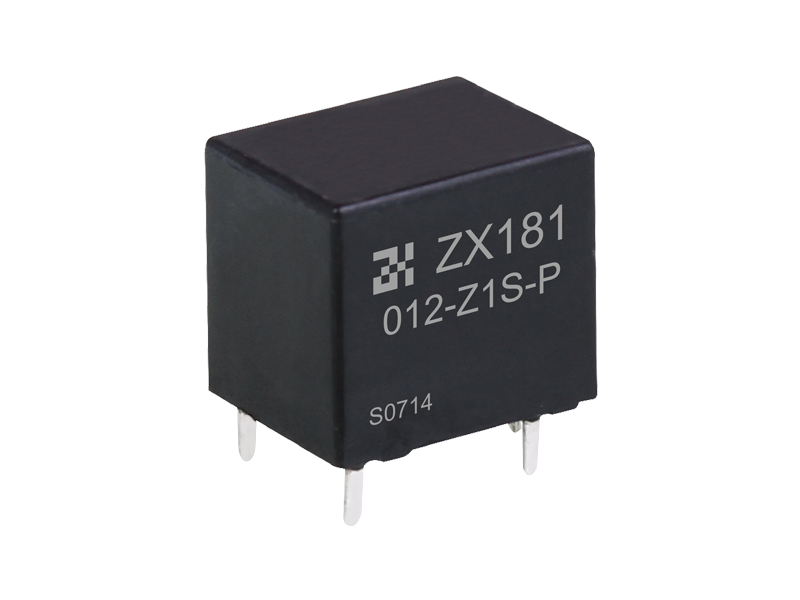Epoxy High Pressure Direct Current (DC) Contactors are typically not used in high voltage applications. While they provide efficient switching for high current applications, they are not designed to handle the high voltages typically associated with high voltage power distribution systems.
High voltage applications generally refer to systems above 1,000 volts and can range from power transmission and distribution networks to electric vehicles and renewable energy systems. These systems require specialized components that are specifically designed to handle high voltage levels. Epoxy High Pressure DC Contactors are typically designed for low to medium voltage applications, such as industrial machinery, motor control, and battery systems.
There are several reasons why Epoxy High Pressure DC Contactors are not suitable for high voltage applications. First, the dielectric strength of the epoxy material used in these contactors may not be sufficient to withstand the high voltage levels present in high voltage systems. Dielectric strength refers to the ability of a material to resist breakdown when subjected to an electric field. Epoxy materials typically have lower dielectric strength compared to other high voltage insulation materials such as porcelain or silicone.
Second, the contacts within Epoxy High Pressure DC Contactors may not be designed to handle the arcing and voltage stress associated with high voltage applications. High voltage systems often generate significant arcing during switching operations, and the contact materials in high voltage contactors are specifically chosen to withstand this arcing and have low contact resistance.
Furthermore, the physical size and design of Epoxy High Pressure DC Contactors may not accommodate the required clearance and creepage distances needed for high voltage insulation. Clearance refers to the shortest distance between two conductive parts, while creepage refers to the surface distance between two conductive parts. These distances are necessary to prevent electrical breakdown and ensure safe operation in high voltage systems. High voltage contactors are typically designed with larger dimensions and increased insulation spacing to meet these requirements.
It is essential to use contactors specifically designed for high voltage applications to ensure safety and reliability. These contactors are typically designed to meet international standards and regulations that govern high voltage systems. They undergo rigorous testing and certification processes to ensure that they can withstand the electrical and mechanical stresses associated with high voltage applications.
Epoxy High Pressure DC Contactors are not suitable for high voltage applications due to their limited dielectric strength, inability to withstand arcing and high voltage stress, and insufficient clearance and creepage distances. High voltage contactors designed specifically for high voltage applications should be used to ensure the safe and reliable operation of high voltage systems.

